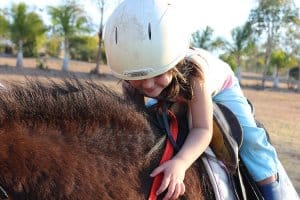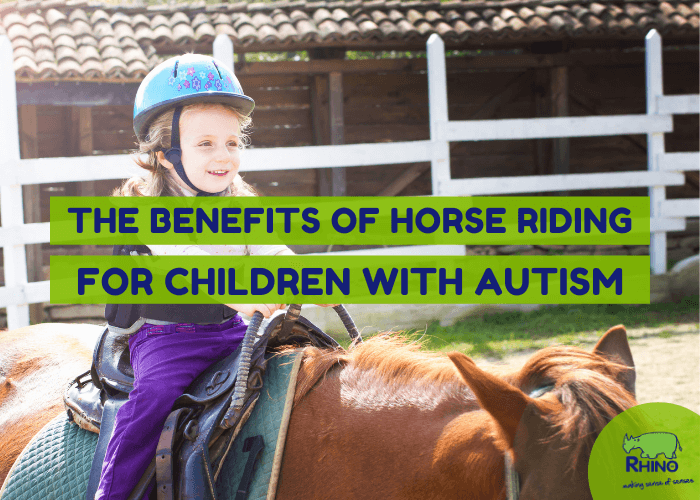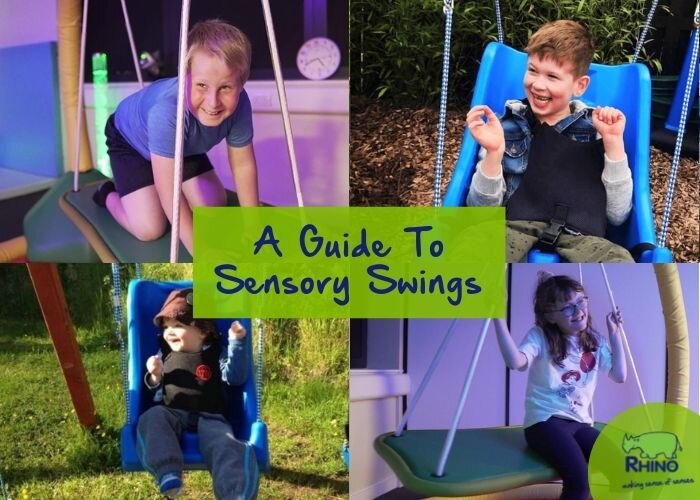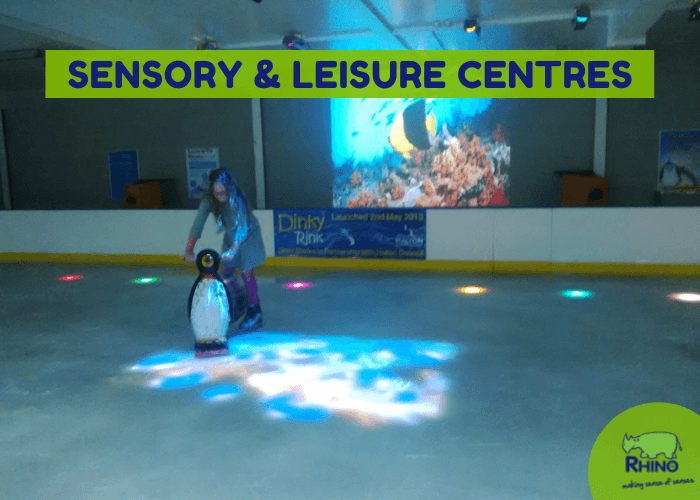
Sean Whiting, Director of specialist equestrian store Houghton Country, shares his insight into the benefits of horse riding and how it can be a good hobby for children with autism.
If your child has autism it’s a good idea to start finding them a fun hobby that can soothe them as well as teach them valuable life skills, preparing them for their future.
There are a number of equine-assisted activities and therapies (EAAT) in the UK that could help children on the autism spectrum cope better with a number of problems, such as social and communication difficulties, hyperactivity, and sensory processing issues, according to Research Autism. Below are just some of the ways horse riding can benefit a child with autism.
Short term benefits
Any EAAT will get your child out and about, as well as practising their social skills, in ways that can be less overwhelming than other sports activities. When horse-riding, the focus isn’t on holding a conversation and the first few sessions will have very few instructions to follow; they will just be encouraged to meet and lead the horse before attempting to ride it while the instructor leads the horse for them.
Instead of worrying about holding a conversation, your child will benefit from sensory experiences like the feel of the horse’s mane or the sound of the wind in the trees. Horses are mostly quiet animals and that can be soothing for children with autism in a lot of ways, too. Children who struggle to communicate verbally might enjoy stroking or patting their horse’s neck to let them know they’ve done a good job or show affection, and it can be pleasant for them to spend time with another living thing that doesn’t require more physical attention than that.
Long term benefits
Once a child with autism becomes confident in their ability, they’re more likely to take control when they’re horse riding, which will give them a sense of independence. And, although it may seem like the horse is doing all the work, there’s a surprising amount of exercise involved in EAAT. Physically, horse riding requires you to sit up straight, which is good for posture and helps with building strength and tone that people with autism can often struggle with (National Institutes of Health).
Caring for a horse and adhering to health and safety procedures can also teach your little one discipline and improve their capacity for adaptive behaviour. Horses rely on signals to determine how to behave, and they need the right conditions to stay healthy, so learning how to look after a horse can help children with autism appreciate the importance of proper care. This can then be applied to other situations in their lives, such as school and social relationships.
Hopefully, EAAT and horse-related hobbies can help children with autism grow happier, healthier, and more confident communicating with others.



